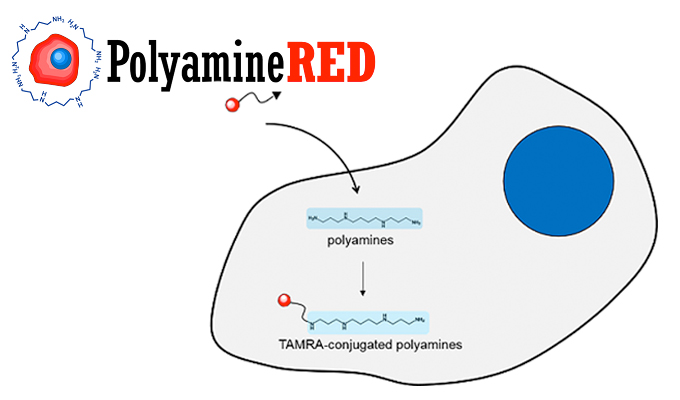Understanding cellular senescence and oxygen consumption rate
A recent paper published in Science reported a 50% reduction in mortality and improved immune response in old mice infected with SARS-CoV-2 when treated with the senolytic drug fisetin 1). In recent years, much attention has been paid to the study of the senolytic drug. The mechanism of cellular senescence is complicated, so the changes are observed in multiple indicators such as oxygen consumption rate (OCR), mitochondrial membrane potential, energy production, mitochondrial respiration, and reactive oxygen species (ROS) 2). In particular, OCR which directly reflects mitochondrial activity has been evaluated frequently in cellular senescence research. In this article, we introduce several reports about cellular senescence and OCR.
Takebayashi et al. prepared oncogene-induced senescent cells by 4-hydroxytamoxifen treatment and evaluated mitochondrial oxidative phosphorylation (OXPHOS) activity by OCR to characterize senescence-related metabolic changes. Senescent cells showed higher OCR compared with control cells and a dramatic increase in maximal respiratory capacity. This result indicates that mitochondrial activity is increased in oncogene-induced senescent cells. In other words, this activation of mitochondrial respiration is promoted by retinoblastoma (RB) protein activating glycolytic genes 3) (Figure 1).
Figure 1: The activation of mitochondria respiration is promoted by retinoblastoma (RB) protein.
Capasso et al. used mesenchymal stromal senescent cells induced by oxidative stress, anticancer drug (Doxorubicin) treatment, and X-ray irradiation as acute cellular senescence, and mesenchymal stromal senescent cells induced by repeated passaging cultures as chronic cellular senescence. OCR measurements were used as one indicator to characterize the senescence phenotype of each cell when senescence was induced by different inductions. Basal respiration and maximal respiratory capacity were measured when each cell was given different nutrients (glucose, fatty acids, and glutamine) to evaluate whether the cells could change their metabolism in response to the culture environment. As a result, in all senescence induction methods, the basal respiration of senescent cells was equivalent to that of control cells in media containing glucose. However, in media containing fatty acids and glutamine as nutrients, maximum respiration capacity was reduced compared with control cells, except for chronic cellular senescence. In other words, the result showed that the cells lost their ability to freely utilize nutrients and were dependent on glucose for survival in case of acute cellular senescence. Thus, these results suggest that OCR can provide useful information for identifying similarities and differences in the phenotypes of various senescent cells 4).
Quijano and colleagues hypothesized that growth arrest associated with cellular senescence and increasing synthesis and secretion of senescence-associated secretory phenotype (SASP) may affect mitochondria. Then, OCR is evaluated to investigate changes in the mitochondrial metabolism of melanoma senescent cells exposed to temozolomide used in chemotherapy. Increased mitochondrial basal respiration, maximal respiratory capacity, and reserve respiratory capacity were observed in melanoma senescent cells. Suppression of Mitofusin expression in the mitochondrial outer membrane inhibited the increase in OCR. This result showed that Mitofusin regulates the increase in mitochondrial respiratory parameters as senescence of melanoma cells. These results suggest that Mitofusin is a promising pharmacological target for regulating the increased secretion of SASP 5).
These reports indicate that OCR measurement is useful as a method of characterizing the phenotype of senescent cells and evaluating the effects of cellular senescence on mitochondrial function. We hope that these findings, as well as the evaluation using OCR, will help in the study of cellular senescence including research on the senolytic drug.
Keen to characterize the phenotype of senescent cells by OCR measurement?
Find out more about our partner Dojindo’s solutions for measuring OCR and studying senescence.
Get access now to quick & easy solutions and push forward your research.
Reference
- D. Camell et al., “Senolytics reduce coronavirus-related mortality in old mice”, Science, 2021, 373, eabe4832.
- Hubackova et al., “Selective elimination of senescent cells by mitochondrial targeting is regulated by ANT2”, Cell Death Differ., 2019, 26(2), 276-290.
- Takebayashi et al., “Retinoblastoma protein promotes oxidative phosphorylation through upregulation of glycolytic genes in oncogene-induced senescent cells”, Aging Cell, 2015, 14, 689-697.
- Capasso et al., “Changes in autophagy, proteasome activity and metabolism to determine a specific signature for acute and chronic senescent mesenchymal stromal cells”, Oncotarget, 2015, 6(37), 39457-39468.
- Martinez et al., “Mitofusins modulate the increase in mitochondrial length, bioenergetics and secretory phenotype in therapy-induced senescent melanoma cells”, Biochemical Journal, 2019, 476, 2463-2486.
Acknowledgment
Special thanks to our partner from Dojindo Laboratories, JAPAN, for writing this article.




